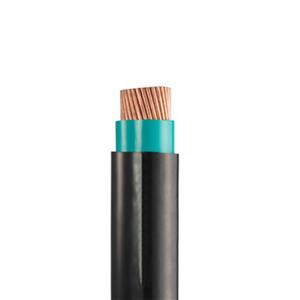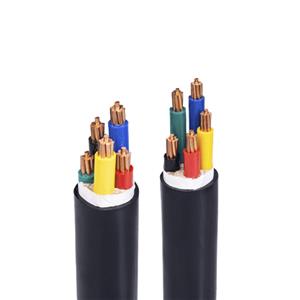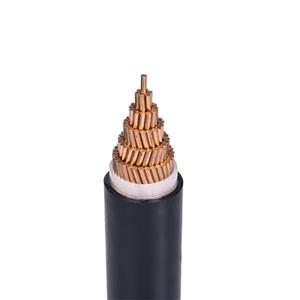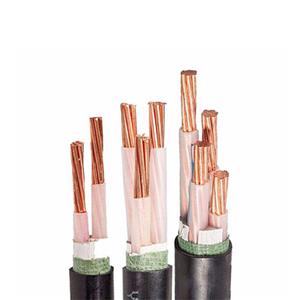What are the common power cords?
We cannot live without electricity in our daily life, so what are the common power cords? Below, the wire and cable manufacturers will introduce to you the common power cords.
1. RVV
RVV cable is a multi-core soft cable, which consists of a metal conductor, an insulation layer, a wrap and an outer sheath. Among them, the metal conductor is mainly copper wire or copper-zinc wire, the insulation layer is usually made of polyvinyl chloride (PVC) material, and the wrap is usually composed of two or more adjacent insulating core wires, which are covered by a PVC outer sheath. RVV cable is suitable for indoor power supply and distribution lines, control lines and signal transmission lines. It is usually used in factories, shopping malls, public buildings and other occasions where long-distance wiring is required. The advantages of RVV cable are mainly: high softness, easy to bend and easy to install; good conductivity, stable transmission performance; good flame retardant performance, safe and reliable use. It should be noted that the specifications of RVV cable should be selected according to specific uses and needs to ensure its electrical performance and safety and reliability.
2. RVVP
RVVP is a multi-core shielded soft cable, also known as RVVSP. Compared with ordinary RVV cables, it adds a shielding layer of copper wire or aluminum-plastic composite tape, which makes it have better anti-interference performance and signal transmission quality. RVVP cable is mainly used for signal transmission and control circuits in control systems, instruments and automation equipment. The most common specification of RVVP cable is 2-24 cores. Its structure is similar to that of RVV cable, consisting of conductor, insulation layer, shielding layer of copper wire or aluminum-plastic composite tape, wrapping and outer sheath, of which the insulation layer and outer sheath are usually made of PVC material. The copper wire shielding layer of RVVP cable can effectively resist external interference signals and improve the quality of signal transmission, making this cable widely used in instrumentation, control systems, and high-precision automation equipment. It should be noted that the shielding effect of RVVP cable is affected by many factors such as shielding rate. Therefore, when selecting, the appropriate specifications and shielding treatment methods should be determined according to the specific application scenario and the required signal quality.
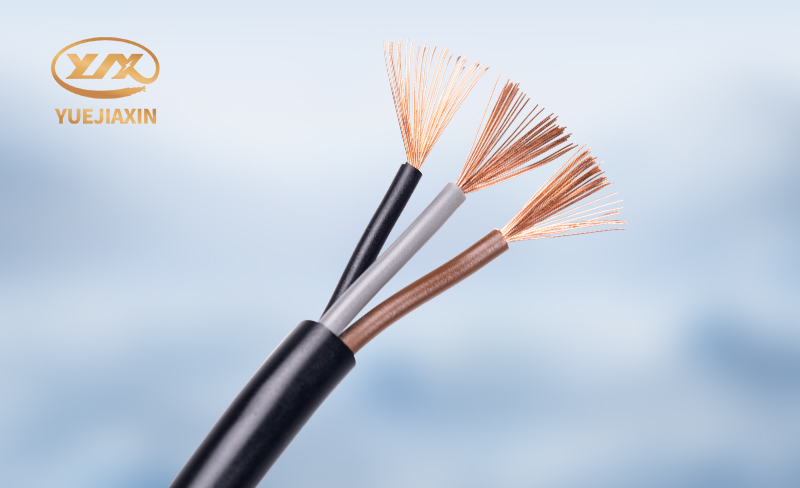
3. BV
BV cable is a common single-core hard wire, also known as building wire. It consists of copper wire and PVC insulation layer, and is usually used for power supply and distribution lines in buildings such as residential, commercial and industrial buildings. The copper wire of BV cable is made of pure pickled copper and high-temperature annealing, which has the advantages of good conductivity and strong corrosion resistance; the insulation layer is made of polyvinyl chloride PVC material, which can effectively prevent leakage and short circuit. BV cable has a simple structure, is easy to use, and is relatively cheap. It is a common and economical wire product.
4. BVR
The full name is BVR polyvinyl chloride insulated soft wire. BVR wire, generally refers to BVR power cord, is a copper core polyvinyl chloride insulated soft wire, which is used in fixed wiring where softness is required. B refers to the classification of cloth wire, V refers to PVC polyvinyl chloride, also commonly known as "plastic", and R means soft. To be soft, the number of conductors must be increased.
5. RVS
RVS cable is a soft cable, also known as flat soft cable, which is usually used for power cords connected to home appliances indoors. It is composed of multiple copper wires and PVC insulation layer, and the outer sheath is also made of PVC material. The copper wire of RVS cable adopts fine multi-strand twisting process, which has good flexibility and can meet the installation requirements of complex bends or multiple angles. Its insulation layer and outer sheath are also made of PVC material, which has good stability, high reliability and long service life.

The above introduces 5 types of power cords that we commonly use in daily life. In addition to these cables, there are other types of power cords. You can choose the appropriate cable according to your needs and usage scenarios.

